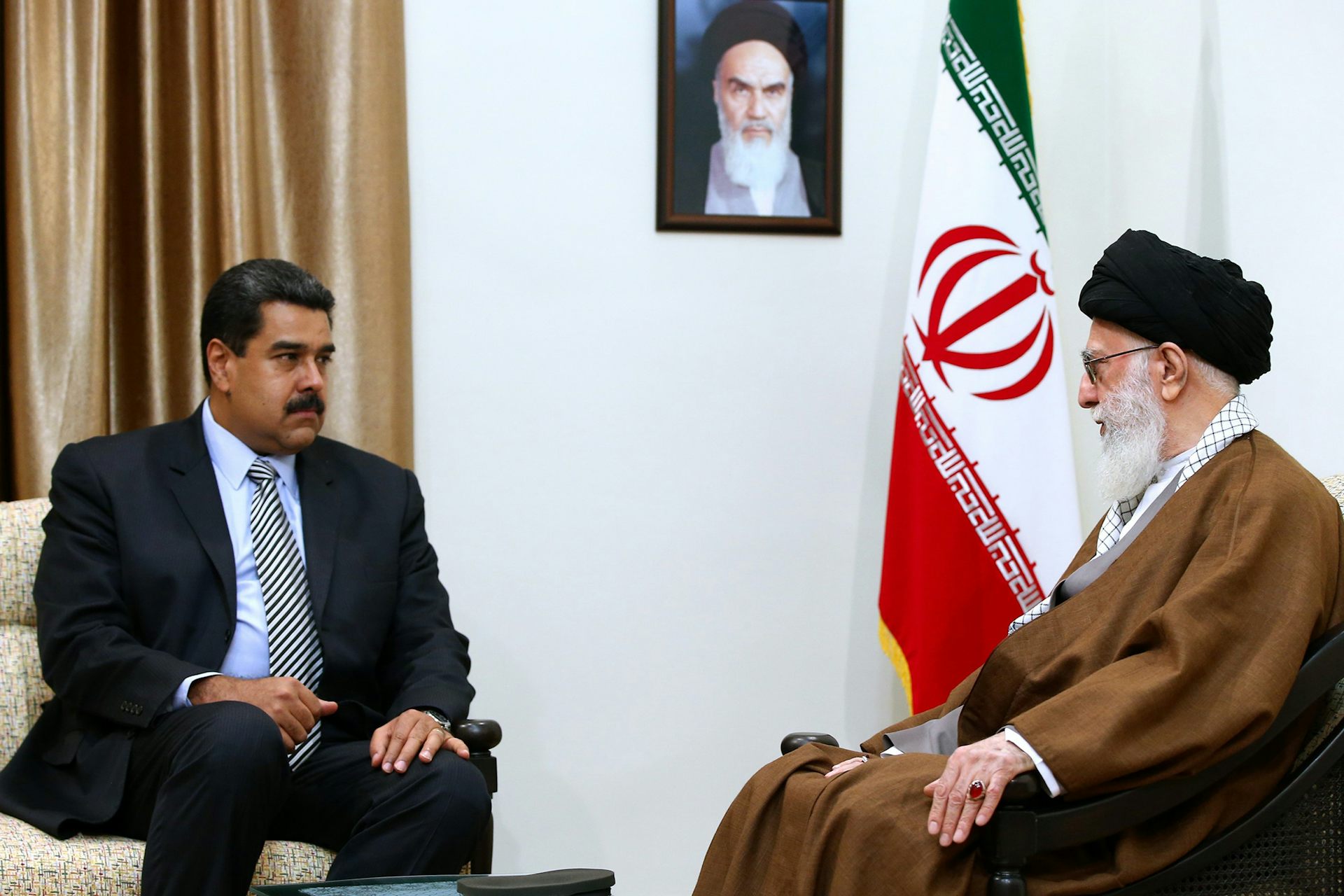A growing source of Canadian asylum-seekers: US citizens whose parents were born elsewhere
Unlike prior waves like the enslaved people on the Underground Railroad or Vietnam-era war resisters, they are children whose parents fear deportation after spending years in the United States.
Jokes about moving to Canada became common among progressives in the U.S. during Donald Trump’s presidential bid. When he won, a spike in U.S. citizens seeking information about how to relocate crashed Canada’s immigration website.
I’m a scholar of Canadian immigration law and will soon become the director of the Centre for Refugee Studies at York University in Toronto. My friends and colleagues in the United States, who still make those jokes, are often surprised when I fill them in on how U.S. immigration patterns in Canada have changed during the Trump administration.
Overall, the number of U.S. citizens who have immigrated to Canada for any reason rose from 7,522 in 2015 to 9,100 in 2017. In contrast with this modest 21% increase, the number of U.S. citizens applying for refugee protection during the same two years spiked by more than 1,000%. It grew from 69 in 2015 to as much as 869 in 2017.
The more than 1,500 U.S citizens who have sought a safe haven in Canada are mainly the children of people fearing deportation due to a change of their immigration status after spending years in the United States. Even with the recent increase, they still account for a small share of total applicants for refugee protection in Canada – only 1% in 2018, for example. Nonetheless, the dramatic growth in the number of refugee claims by U.S. citizens illustrates some of the differences between Canadian and U.S. immigration policies.
Long history
People from the U.S. have been seeking asylum in Canada since at least the 18th century.
Fearing mistreatment in the newly established United States, and drawn by offers of free land, as many as 100,000 British Loyalists fled to what is now Canada during and after the American Revolution.
Many enslaved people seeking liberty via the Underground Railroad, prior to the Civil War, headed to Canada. Around 20,000 to 40,000 made lives for themselves there.
In the 1960s and 1970s, some 100,000 young U.S. men, many with wives and children, came to Canada during the Vietnam War to avoid being drafted into military service – or in some cases after deserting. Canada enacted a law that let these “draft dodgers” immigrate with lawful status. Even though President Jimmy Carter issued a blanket pardon for them when he took office, about half remained in Canada.
More recently, dozens of U.S. soldiers who had voluntarily enlisted in the military and served in the wars in Iraq and Afghanistan sought asylum in Canada to avoid jail time when they deserted because they came to object to those wars. This time, the Canadian government denied most of their refugee claims, saying that they could have possibly qualified for conscientious objector status back home. However, the Canadian public expressed substantial support for these war resisters.
Change of status
The more recent wave of asylum applicants is related to changes in U.S. immigration policy.
Before Trump took office, the U.S. had granted hundreds of thousands of immigrants without papers from Sudan, Nicaragua, Haiti, El Salvador and other countries temporary protected status. These policies protected formerly undocumented immigrants from deportation and let them work legally.
The Trump administration has tried to end temporary protected status for eligible immigrants of many nationalities, despite evidence that many of their countries remained dangerous or their economies were still too unstable for them to return.
For example, the Inter-American Commission on Human Rights, an autonomous agency of the Organization of American States, asserts that Nicaragua operates as “police state” with government-sponsored repression that is resulting in hundreds of deaths and thousands of injuries. The UN Refugee Agency estimates that 62,000 Nicaraguans have fled to neighboring countries in the past year.
For now, the fate of about 300,000 of these immigrants from multiple countries awaits resolution in the courts.
A big share of the families with U.S. citizen-children seeking asylum in Canada today are immigrants from Haiti and other countries who fear losing their temporary protected status. Some people with this status from Nicaragua and Honduras have had it since 1999. Qualifying Sudanese immigrants have been shielded from deportation since 1997. The U.S. granted 59,000 Haitians temporary protected status in 2010, following a big earthquake.
Canada will probably deny the refugee claims of the U.S. citizen children because the system requires applicants to prove a well-founded fear of persecution in their country of origin. In this case, that would be the United States rather than, say, Haiti, Sudan or El Salvador.
But parents who obtain refugee protection in Canada will be able to obtain permanent residence for their children as well, putting them on the path to citizenship in Canada. Many likely will succeed with their claims. Canada approved about half of the refugee claims made in 2018 after migrants crossed the U.S. border.
Indeed, some of the families with U.S. citizen children seeking asylum in Canada may figure that they are more likely to succeed in Canada than in the U.S. For example, Canadian refugee law is more permissive than U.S. asylum law for people fleeing gender-based violence or gang violence – both common types of claims for Central American asylum-seekers.
Different policies
Canadian and U.S. immigration policies have always been distinct but the contrast is becoming more stark.
Trump campaigned on an anti-immigrant agenda, while Canadian Prime Minister Justin Trudeau promised voters he would increase the number of resettled Syrian refugees welcomed in Canada. On the same day that Trump first decreed a Muslim travel ban, Trudeau famously tweeted out his hospitality: “To those fleeing persecution, terror & war, Canadians will welcome you, regardless of your faith.”
Under Trudeau’s leadership, the Canadian government has decided to boost the number of immigrants it grants permanent resident status yearly, from 286,000 in 2017 to 340,00 in 2020.
The U.S., with a population that is nearly nine times bigger than its northern neighbor, grants permanent resident status to 1.1 million newcomers. The Trump administration is trying to overhaul the nation’s immigration policy in ways that could cut that number considerably and it has slashed refugee admissions. In April 2019, Trump addressed the rising number of asylum-seekers arriving at the U.S.-Mexico border. “We can’t take you anymore,” he said. “Our country is full.”
As long as these sorts of divergences persist, I believe that immigrants who have been living in the United States for years, some with children who are U.S. citizens, will keep coming to Canada seeking asylum.
Sean Rehaag is an Associate Professor at Osgoode Hall Law School and is the incoming Director of York University's Centre for Refugee Studies. He has done paid consulting work with the United Nations High Commission for Refugees, and has served as an unpaid expert witness in constitutional litigation involving refugee issues and human rights in Canada. He is a member of refugee rights organizations such as the Canadian Association of Refugee Lawyers and the Refugee Lawyers Association, as well as several academic organizations such as Canadian Association of Refugee and Forced Migration Studies and the International Association for the Study of Forced Migration. He currently holds research funding from Canada's Social Sciences and Humanities Research Council.
Read These Next
Today Venezuela, tomorrow Iran: can the Islamic Republic survive a second Trump presidency?
Perhaps no one outside of Venezuela should care more about the US invasion and capture of President…
New federal loan limits will worsen America’s nursing shortage and leave patients waiting longer for
The 2025 tax and spending law lowers the federal loan borrowing limits for nursing students, raising…
Wearing a weighted vest can promote bone health and weight loss, but it’s not a cure-all
Are weighted vests more than a fitness fad? A health and exercise expert explains their potential benefits…





